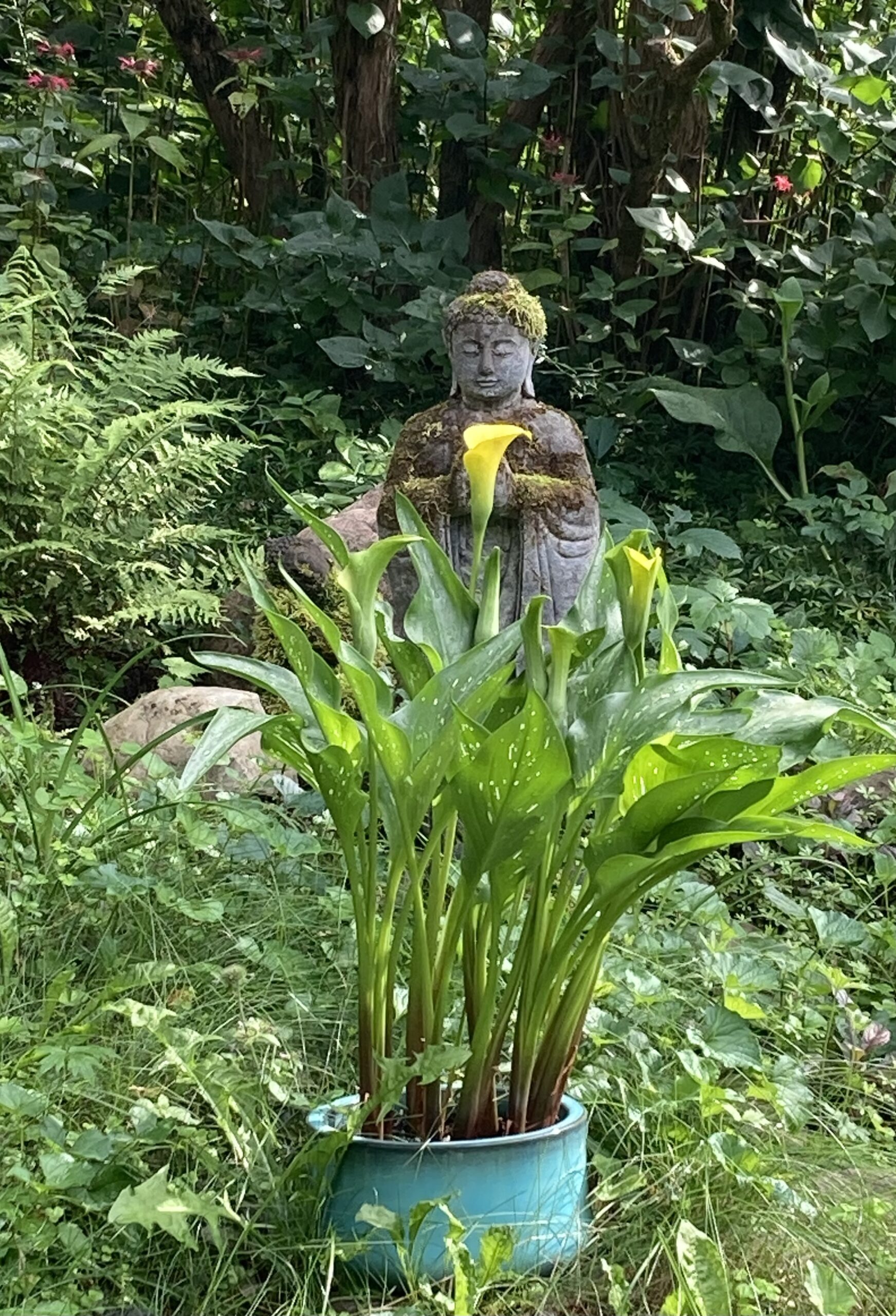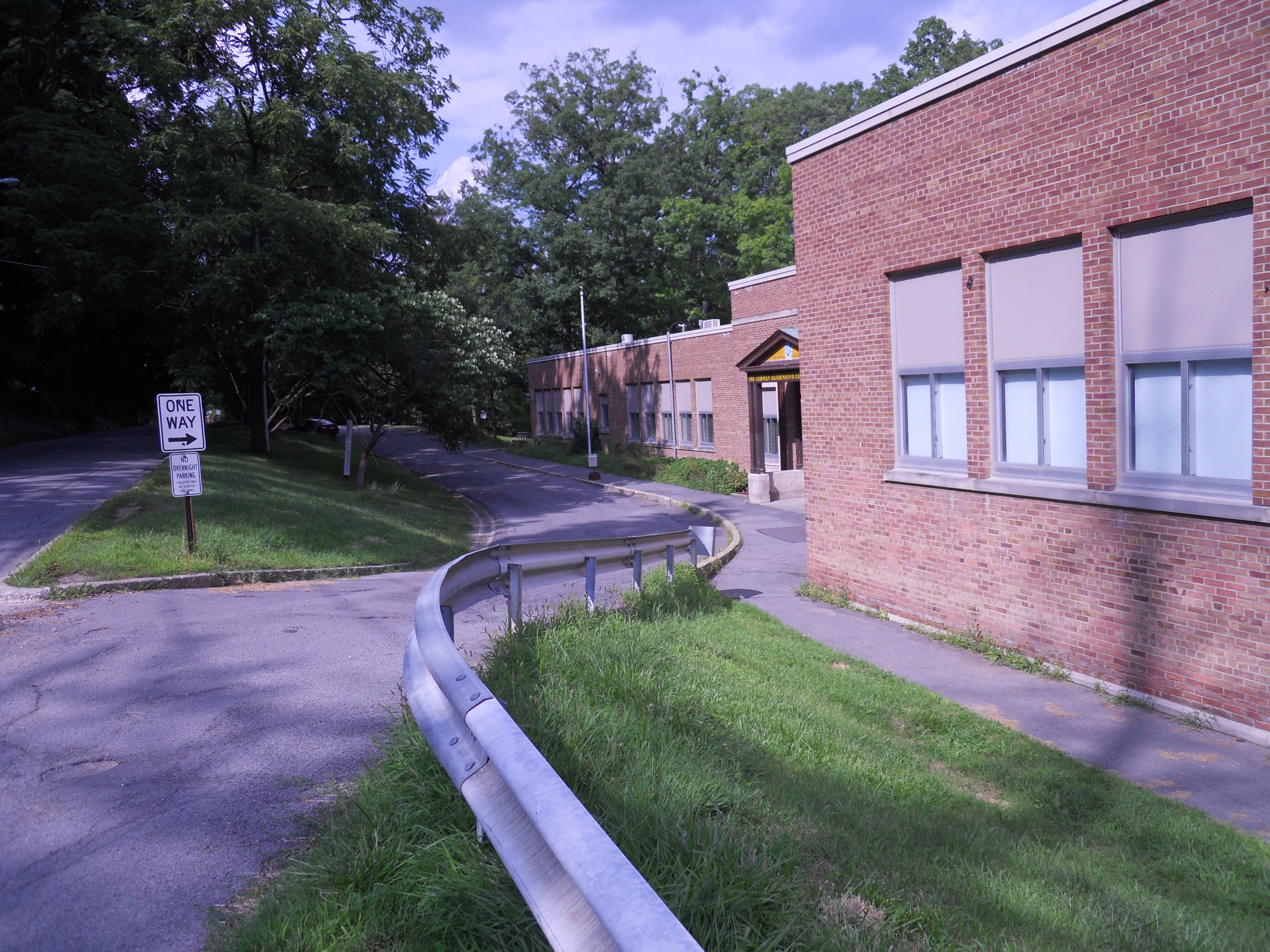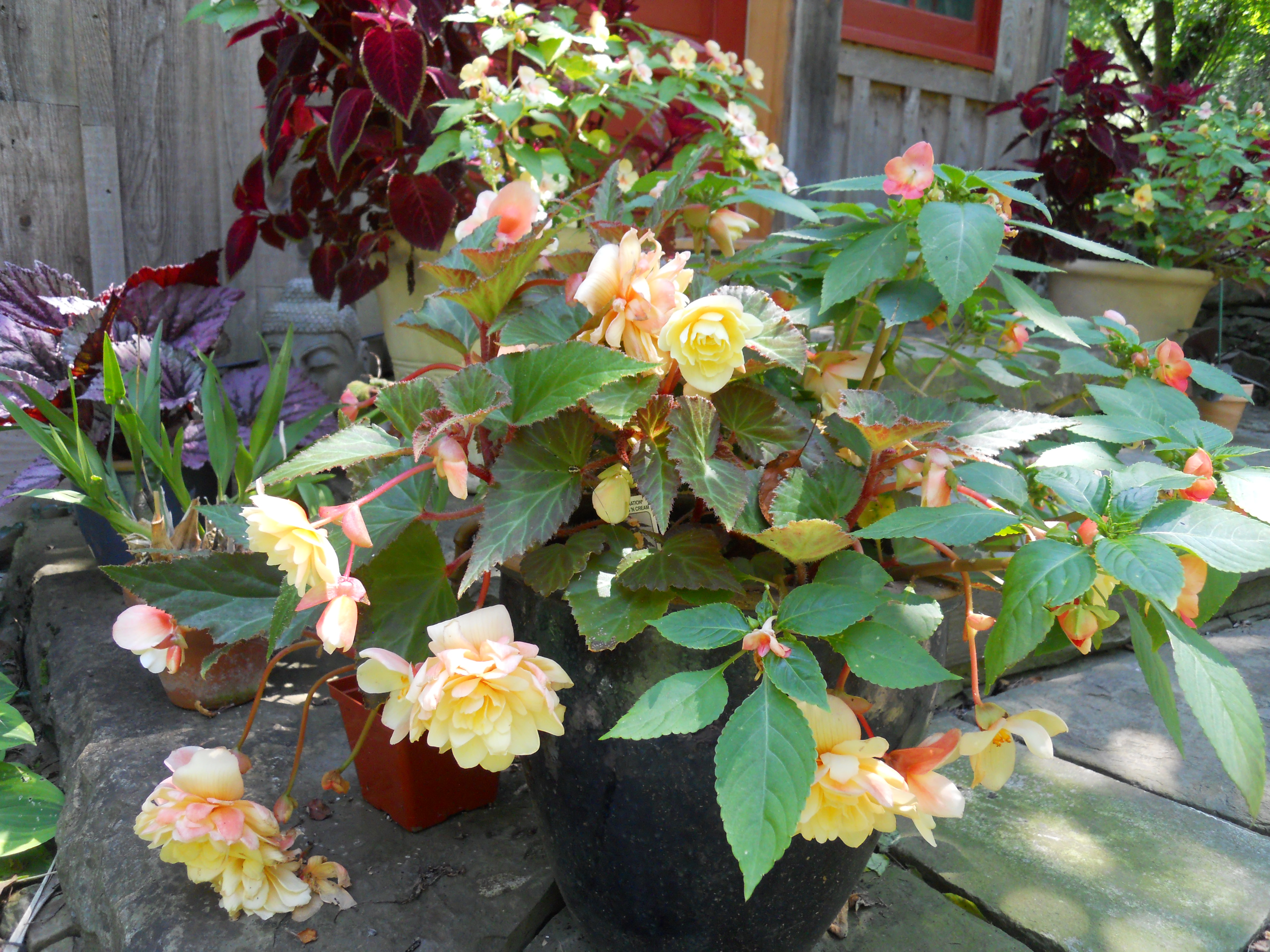Visualization is a natural capacity of the mind. It can be defined as “the conscious, volitional creation of mental sense impressions…” We generally think in images. To go beyond the superficial meaning of language we use mental imagery. The imagination connects us to our emotions. When you read fiction, or daydream or night dream or remember something, it is easy to notice images running through your mind. But it is not always obvious how you use imagery in possibly all of your thinking.
You could practice visualizations on your own, lead or be led by others. In my book, Compassionate Critical Thinking: How Mindfulness, Creativity, Empathy and Socratic Questioning Can Transform Teaching, I also describe inquiry practices which directly use visualization for examining evidence, finding solutions, revealing hidden attitudes, synthesizing material or gaining insight. The process I will be describing today is not mindfulness. It strengthens the ability to create and apply imagery. For teachers, it helps students be more relaxed and focused in class. It directly connects course material to student’s lives and so provides intrinsic motivation for learning. With enough experience, you can do a visualization in about ten minutes. In order to lead others, you must practice on your own first. Read hyperlinked or other resources.
The method begins with simple progressive relaxation and then proceeds to a mental journey. The relaxation section will last two to four minutes. Give students choices, not only as you lead the exercise but whether or how to join in. For some students, closing their eyes in class could be frightening or initiate fearful memories. Instead of simply visualizing they can free write in a journal, for example. Unlike mindfulness, students can also choose to sit back or rest their head on the desk in front of them. I usually play calming music in the background. The following is a sample visualization on the novel Demian, by Herman Hesse.
Today, we will meet Sinclair in a new light, as we are first introduced to him in Demian. First:
When you are ready, sit back and relax. Assume a position that is restful, comfortable and that you can stay in for five minutes or so. If you want, you can close your eyes when you’re ready, close them partly or fully, now or in a few minutes. Do what feels right. For example, you could put your attention on your forehead or your feet, your hands or shoulders. Wherever you feel most comfortable. Calmly, breathe in, taking it nice and easy; then breathe out. As you breathe in, can you feel the subtle sensation of your forehead expanding very slightly? Just notice it as you breathe in. Then, as you exhale, notice how your body naturally relaxes, settles down. You might settle more into the chair or feel heavier or warmer.
Keep the voice calm yet natural. Relaxed. You are teaching a relaxation method. Pace yourself so you introduce a new image or question just after the previous image has formed for your students.
Move you attention to muscles near to where you began. As you breathe in, the area might expand a little; simply notice it. Then relax, settle down, let go as you breathe out. Your face, shoulders, or arms might drop. Do you feel any warmer, heavier? Just allow yourself to relax. Pause.
Now allow a flower to come to mind, any flower will do.
If not a flower, pick something that you think will be considered safe, familiar and of interest to your students. A tree? A quilt? A butterfly? A stone? An animal? One point of the flower is to get the mind ready for something more complex by starting with something simpler. This simple experience can be great fun. However, always remember that when people are relaxed and trusting of you, their minds will move instantaneously, at a mere hint.
Some students expect one thing, like a rose, and get something different, like a dandelion. It is important that there are no wrong flowers. In some cultures, the colors or specific animals have a meaning. This can be an interesting topic for research. For now, just notice and relax with what comes.
In teaching about primal cultures and religion, I had students visualize first a flower, then an animal. Visualizing an animal can be very revealing and exciting. Early humans, as in the art caves, extensively portrayed other animals with remarkable detail and aliveness. Humans, if portrayed at all, were stick figures, except for the shaman figures which were part human, part animal. Early humans obviously felt very connected to these animals. Most students even today easily bring to mind an animal.
Just notice what flower comes up for you. It might be one you know or have seen at your home. It might be one you imagined or read about. Either way, it is fine. What shape do you see? Feel? What colors? Sometimes, you will simply see the flower. Other times, your mind will give you words that describe a flower or feelings. Just notice what comes to you. Is there a fragrance?
How big is the flower? How does the flower attach to the stem? What color is the stem? What is the feel, the texture?
The first time you lead a visualization, just do this much. After you’ve done this a few times, students will need less time to relax. Use mostly simple questions to develop detailed, concrete images. As much as it makes sense, refer to multiple senses. Transitions are important. They require the most sensitivity to how students might take your words.
Behind the flower is a beautiful path. Sinclair will soon emerge in the distance, from down the path. Can you picture him? What words come up for you about him?
Here are some sample questions you could use to guide such a visualization. Use those which best fit your goals. Remember to make the visualization clear and concrete.
Notice how he walks. Does he stand straight? Does he stride, slouch or look calmly around him? How tall is he? What color hair does he have? How is he dressed? When you see him, what is your response? When you hear his name, do any feelings arise?
Are you happy to see him? Are you upset with him? Do you want to tell him something? Is there someone on his mind? Who? What might he want to say? If Sinclair were a flower [or an animal] what would he be? Does he remind you of any other literary characters? Is he like you in any way?
Return attention to the classroom gradually. Proceed in reverse order of how you left, but in less detail.
Now, say goodbye to Sinclair. Remember that you can return any time you want. You can remember anything you want that happened here. Once Sinclair turns and walks down the path, notice the flower, its shape and color. Pause. Then return your attention to your breath. With each breath you will be more and more aware of the room and the people around you. Your awareness will return fully to your body. Feel its weight on the chair or your hands on the table. Can you hear the music? Other people in the room? Pause. Move your fingers. Your toes. As you take a deep breath, gradually sit up. Open your eyes. Stretch. Notice the room and how it feels to be here.
Eventually, you will be able to simply ask the students to relax, close their eyes if they chose or focus on the table top, settle down. Do the warm up exercise, then go to the visualization that ties to your class material. After the exercise, always process the experience with a journal prompt or a small group or whole group discussion. The processing will hopefully lead right into the heart of the lesson.
How was that? Were you relaxed? Did a flower come to you? Share with us the name and color of the flower. Did you learn anything about Sinclair? Name one thing.
I used this type of exercise over several years and with very diverse groups. If a student says that nothing came to them, that’s fine. If you sense something is bothering the student, talk one-on-one. Everyone is different. Years ago, before I started using mindfulness or a writing exercise before each class, I had a class of mostly middle school, active, even hyperactive boys. I thought they would never be able to do the exercise; I was wrong. They loved it. They relaxed and images came readily to mind. At least once a week after that, they asked to do a visualization.
There are other great methods for strengthening student ability to use the imagination in thinking critically. What do you do?
**One book I recommend is: educator and author Kieran Egan’s wonderful book Imagination In Teaching And Learning: The Middle School Years,




